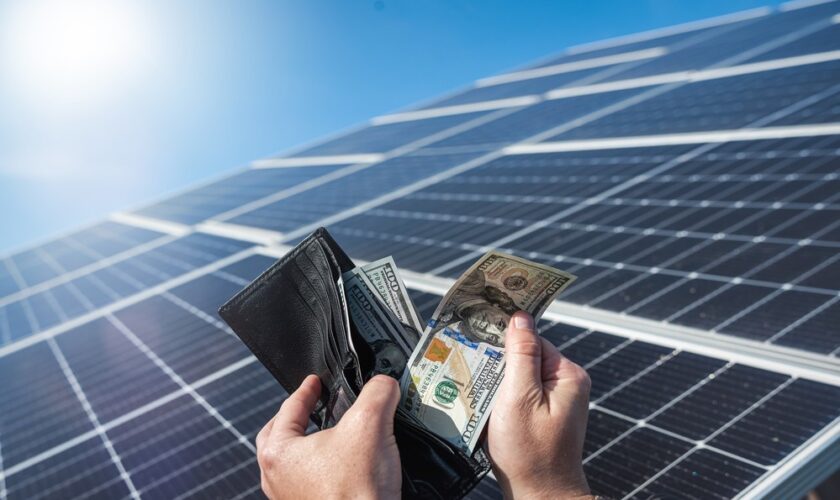Solar pv and rising energy costs
The rising cost of energy has been a concern for many UK households, particularly since the eligibility criteria for the Winter Fuel Payment changed. Recent statistics show that in January 2025, energy bills are 67% higher than in winter 2020-21, with average households paying more than £700 extra to use the same amount of gas and electricity.
With no sign of costs falling in the near future, many are wondering how to bring their bills down. One way to do so is to invest in solar panels. Here, we explore how a solar PV system can help you manage energy costs.
Energy independence
The primary way that a solar PV installation will help to bring bills down is by reducing a household’s reliance on energy from the National Grid. Harnessing the power of the sun is free, enabling you to meet your energy requirements during daylight hours without having to pay for electricity from the grid. This helps to protect you when prices rise..
Including a solar battery in your system delivers further benefits. Reliance on power from the grid is even lower, since excess energy produced during the day can be stored and used after dark. In summer, you may find your bills are minimal thanks to long daylight hours and less need for electric lighting, while winter bills will be reduced even when the days become short and overcast.
The Smart Export Guarantee
Solar panels not only help you to reduce your bills by providing free energy during the day, they also provide an opportunity to offset bills via the Smart Export Guarantee (SEG). This scheme enables you to sell excess power back to the grid. Various energy suppliers offer tariffs, and it’s not necessary to use the same provider for the SEG as for your gas and electricity supply. That means you can shop around for the deal that suits you best.
Costs and breaking even
According to GreenMatch, a 4kW solar panel system for a two or three bedroom house costs £5,000 – £6,000 in 2025. Adding a battery – which can reduce electricity bills by as much as 70% – increases the total cost (including installation) to £13,000 – £15,500.
While this is a significant upfront cost, the break-even point is between seven and ten years. With typical solar PV lifespans reaching 30 years, that gives households up to 23 years of sustainable power at minimal cost. Savings can reach £1,005 per year.
Investing in solar panels
Now is a great time to invest in a solar PV system, since there is a 0% VAT rate on solar panels and batteries which ends on 31 March 2027. This minimises installation costs, allowing homeowners to reach a break-even point more quickly and enjoy greater long term value. Households should always choose MCS certified solar PV installers to fit their system, guaranteeing quality, reliability and safety. An expert can assess your needs and survey your roof to determine the number of panels you require, as well as helping with ongoing maintenance.


